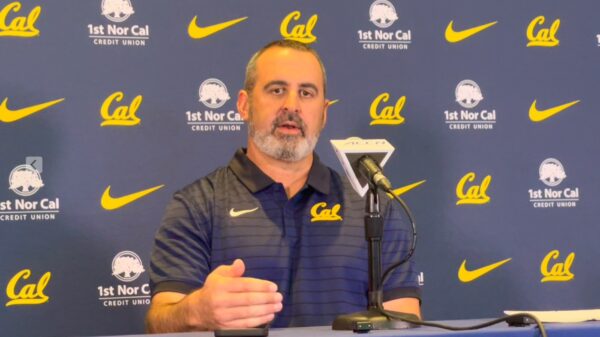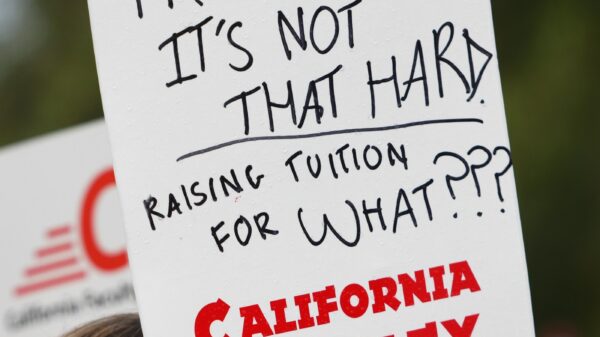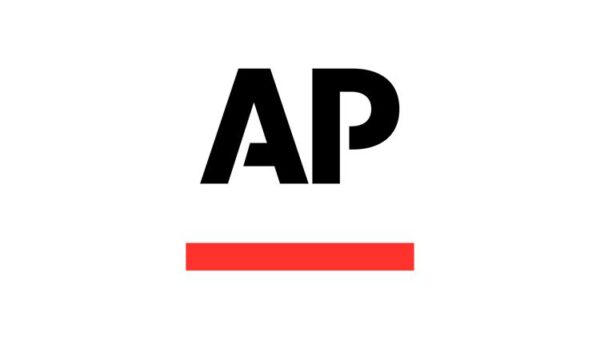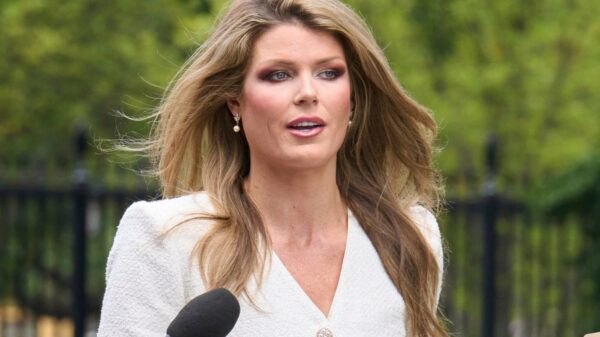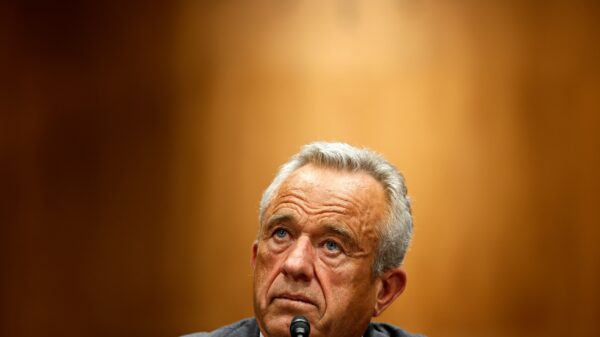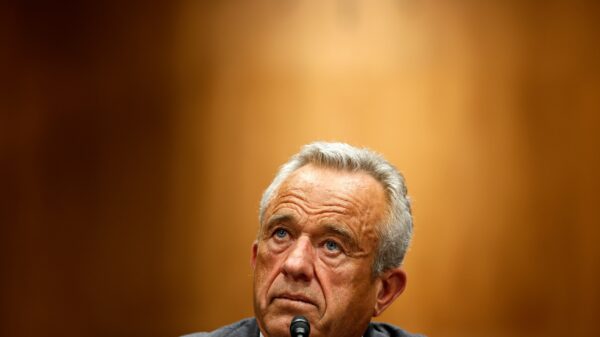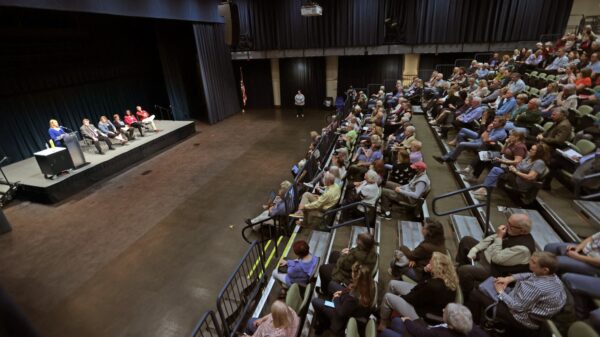URGENT UPDATE: An investigation reveals that partisan and special interest caucuses in the U.S. House of Representatives have cost taxpayers at least $50 million since 2019. This shocking figure comes as scrutiny of congressional spending intensifies.
The analysis by The Center Square shows that the Democratic Caucus led the spending spree with $16.4 million, while the Republican Conference trailed closely at $14.4 million. Additional caucuses, including the New Democratic Coalition, Asian Pacific American, Congressional Black, Congressional Western, Congressional Progressive, Hispanic, and Democratic Women’s caucuses, accounted for a combined $15 million.
Caucuses focused on specific issues, such as the Problem Solvers and Equity caucuses, spent around $1 million each. The Main Street Republicans used $534,000 of taxpayer funds, while the Pro-Choice caucus incurred costs of $345,000.
David Williams, president of the Taxpayers Protection Alliance, voiced strong criticism regarding this spending. “This money is gone,” he stated, emphasizing that such expenses should be funded privately or through campaign contributions. He raised concerns over taxpayers being forced to fund caucuses that may directly oppose their beliefs. “If you’re pro-life and you’re a taxpayer, you are funding a caucus that you disagree with,” he added.
Conversely, JD Rackey from the Bipartisan Policy Center defended the caucuses as vital for legislative development. “These caucuses serve as legislative idea and policy hubs,” he explained, suggesting they foster collaboration on proposals that can lead to new laws. He noted that without these groups, legislative idea development could become stifled, dominated by party leaders or external interests.
However, the effectiveness of certain caucuses remains under scrutiny. Daniel Schuman, executive director of the American Governance Institute, remarked that the Problem Solvers caucus, which aimed to bridge party divides, had not been particularly successful.
As the debate over the utility of these caucuses continues, the financial implications for taxpayers are clear. With calls not returned from several caucus chairpersons, the future of this spending remains uncertain.
What’s Next: Expect heightened discussions around congressional spending practices and potential reforms aimed at increasing transparency and accountability. The public’s response to these findings may also influence upcoming legislative sessions and electoral campaigns.
Stay tuned for more updates on this developing story.


